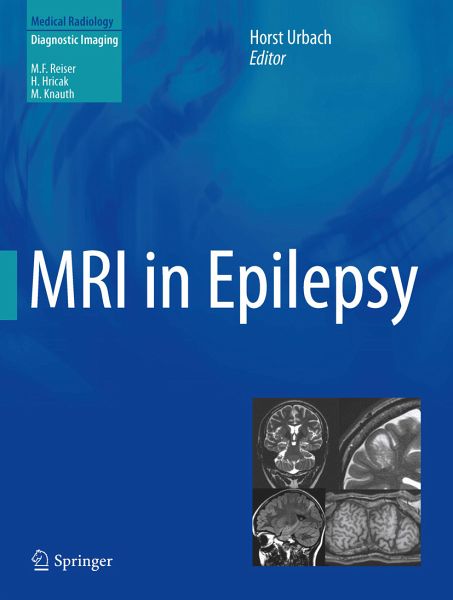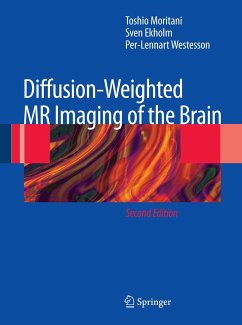
MRI in Epilepsy (eBook, PDF)
Versandkostenfrei!
Sofort per Download lieferbar
96,95 €
inkl. MwSt.
Weitere Ausgaben:

PAYBACK Punkte
48 °P sammeln!
MRI can play an important role in identifying and localizing epileptogenic foci. This book aims to provide the clinical and imaging information required in order to decide whether an MRI scan is appropriate and whether it is likely to be sufficient to detect a lesion. The first part of the book presents background information on epilepsy patients and explains how to perform an MRI examination. Detailed attention is paid to functional MRI and post-processing, and the examination of subcategories of patients is also discussed. The second part of the book then documents the MRI findings obtained ...
MRI can play an important role in identifying and localizing epileptogenic foci. This book aims to provide the clinical and imaging information required in order to decide whether an MRI scan is appropriate and whether it is likely to be sufficient to detect a lesion. The first part of the book presents background information on epilepsy patients and explains how to perform an MRI examination. Detailed attention is paid to functional MRI and post-processing, and the examination of subcategories of patients is also discussed. The second part of the book then documents the MRI findings obtained in the full range of epileptogenic lesions with the aid of high-quality images. Throughout, emphasis is placed on guiding the reader in the correct interpretation of the imaging findings. Both radiologists and referring physicians will find this book to be an indispensable guide to the optimal use of MRI in epilepsy.
Dieser Download kann aus rechtlichen Gründen nur mit Rechnungsadresse in A, B, BG, CY, CZ, D, DK, EW, E, FIN, F, GR, HR, H, IRL, I, LT, L, LR, M, NL, PL, P, R, S, SLO, SK ausgeliefert werden.












